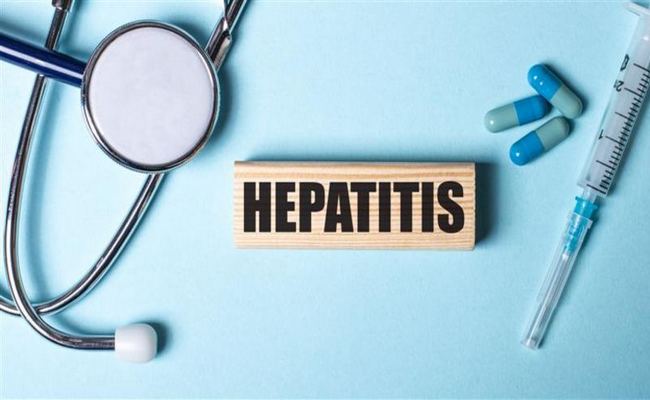Definition of Viral Hepatitis:
According to World Health Organization (WHO), Hepatitis is an inflammation of the liver. The condition can be self-limiting or can progress to fibrosis (scarring), cirrhosis or liver cancer. It is the inflammation of the liver which results in damage to hepatocytes with a subsequent cell death.

Classification or Types of Viral Hepatitis:
1. According to duration:
a) Acute hepatitis,
b) Chronic hepatitis.
2. According to etiology:
a) Viral infection:
- Hepatitis A virus (HAB),
- Hepatitis B virus (HBV),
- Hepatitis C virus (HCV),
- Hepatitis D virus (HDV),
- Hepatitis E virus (HEV),
- Herpes simplex virus (HDV),
- Cytomegalo Virus (CMV),
- Epstein Barr virus (EBV),
- Yellow fever virus.
b) Auto immune disorder: toxins alcohol drug.
c) Miscellaneous: Wilson’s disease
How to Control and Prevent Viral Hepatitis?
Preventive and Controlling Measures of HAV and HEV:
1. Proper sanitation:
- Improving water supply,
- Proper excreta disposal,
- Maintenance of hygiene (personal and environmental),
- Sanitary improvements of food stores and kitchen.
2. Health education about:
- Use of safe drinking water and sanitary latrine,
- Proper disposal of excreta,
- Food handlers should be educated in matters of food hygiene,
- Adequate breast feeding and improved weaning practices.
- Fly control: Controlling breeding of flies in association with faeces and dirty water.
- Timely control of epidemics: By strengthening of epidemiological surveillance systems.
- Vaccination: Vaccine for hepatitis A is available but not for hepatitis E
- Screening of blood donors for hepatitis A.
Preventive and Controlling Measures of Hepatitis B, C D:
1. Avoid risk factors
- Shared needles,
- Homosexuality and illiegimate heterosexuality,
- Prostitute,
- Professional blood donors,
- Carriers: They should not share razors and tooth brushes, Use barrier methods of contraception and should not donate blood.
2. Screening of blood donors and encouraging voluntary blood donation.
3. Standard safety precautions in hospitals and other health care settings: To avid accidental needle puncture and contact with infected body fluids.
4. Active immunization: HBV vaccine
5. Passive immunization: By hepatitis immunoglobulin for immediate protection to acutely exposed HBs Ag positive blood, preferably within 6 hours
- Surgeons, nurses and laboratory workers,
- Newborn infants of carrier mothers,
- Sexual contacts of acute hepatitis B patients.
6. Passive active immunization.

Maria Khatun Mona is a Founder and Editor of Nursing Exercise Blog. She is a Nursing and Midwifery Expert. Currently she is working as a Registered Nurse at Evercare Hospital, Dhaka, Bangladesh. She has great passion in writing different articles on Nursing and Midwifery. Mail her at “maria.mona023@gmail.com”
